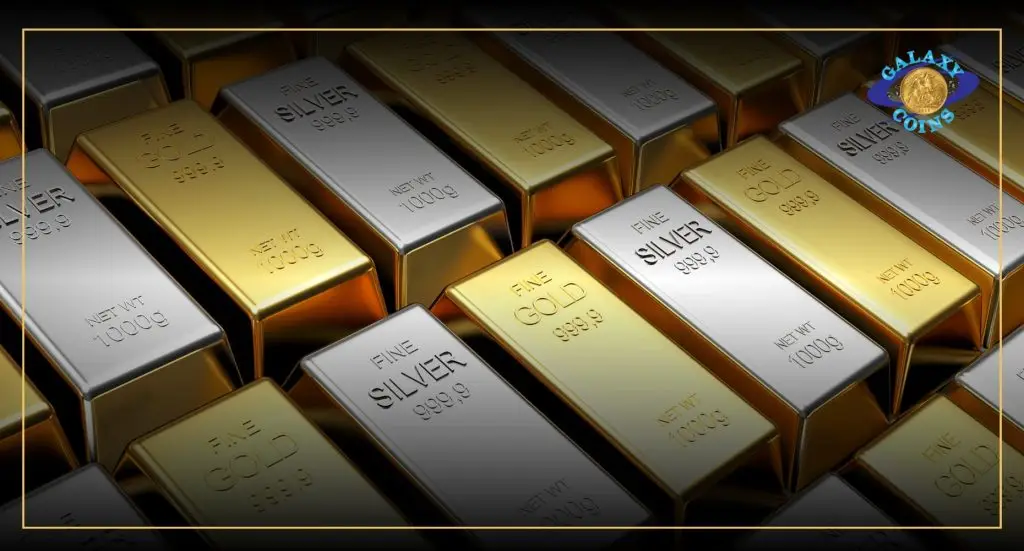
How Gold and Silver Protect Your Wealth Against Inflation
At Galaxy Coins, we understand the vital role that precious metals play in safeguarding your financial future. With physical stores in Melbourne, Sydney, and Brisbane, as well as convenient


Inflation erodes the purchasing power of money, making it a concern for savers and investors. Gold and silver, however, have historically served as effective hedges against inflation, offering financial security during periods of economic instability. This article explores why these precious metals remain crucial for preserving wealth in today’s inflationary environment.
Inflation represents the increase in prices of goods and services over time, leading to a decline in the purchasing power of money. It is influenced by factors such as increased money supply, demand-supply imbalances, and rising production costs. When inflation is high, investments tied to fiat currencies, such as cash and bonds, often lose value.
Gold and silver are seen as “safe haven” assets due to their ability to retain value over time. Unlike fiat currencies, these metals are not directly affected by government policies or monetary devaluation. Here’s how they function as effective inflation hedges:
In recent years, inflation has been driven by supply chain disruptions, rising energy costs, and significant fiscal stimulus during the pandemic. Central banks have raised interest rates to combat inflation, which has moderated its growth but left many investors wary of long-term economic instability.
Gold prices have fluctuated between $1,800 and $2,000 per ounce in 2024, reflecting its resilience amidst ongoing global economic challenges. Silver, often termed “poor man’s gold,” has also seen increased interest, driven by both inflation concerns and its role in green energy technology.
Gold and silver continue to be critical tools for hedging against inflation, offering stability during economic turmoil. Their unique properties, historical reliability, and intrinsic value make them indispensable for wealth preservation. For Australians looking to secure their financial future, Galaxy Coins provides a range of gold and silver bullion products, ensuring access to some of the finest investment-grade precious metals in the market.
For more information about investing in gold and silver, visit our website Galaxy Coins. Stay informed and make your money work harder in uncertain times!

At Galaxy Coins, we understand the vital role that precious metals play in safeguarding your financial future. With physical stores in Melbourne, Sydney, and Brisbane, as well as convenient

Galaxy Coins is your one-stop destination for premium-quality gold and silver bullion, coins, and gold nuggets. Operating across Australia, with physical stores in Melbourne, Sydney, and
With bullion stores in Melbourne, Sydney, Brisbane, and Dubai, Galaxy Coins offers expert guidance and exceptional in-person service. Whether you’re buying gold bullion, investing in silver bars, or exploring rare coins, our team makes every purchase safe, simple, and stress-free.
Visit us in-store to experience trusted Australian expertise, or shop online to buy gold and silver from anywhere in the country.






Monday to Friday : 9.30AM – 5.30PM
Saturday: 10AM – 2PM
Closed Sundays & Public Holidays